Description
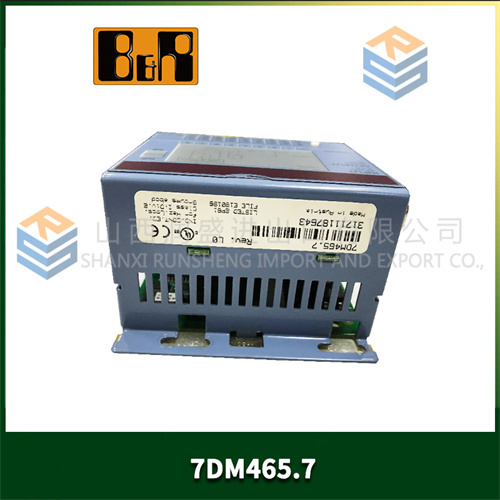
1. Product Description
Without more specific information, it’s challenging to provide an in – depth and accurate description of the “7DM465.7”. However, based on common industrial naming conventions, it could be a product from a particular manufacturer in the industrial automation, measurement, or control field.
It might be a sensor, a controller, or a module with a specific function. For example, it could be a flow sensor, measuring the flow rate of a liquid or gas in an industrial process. Or it could be a programmable logic controller (PLC) module used for automating industrial machinery.
2. Hypothetical Product Parameters
| Parameter | Hypothetical Specification |
|---|---|
| Supply Voltage | 24 VDC (a common voltage in industrial applications) |
| Power Consumption | Approximately 5 – 10 W (depending on the complexity of the device) |
| Interface Types | Ethernet for high – speed data communication with other devices in a network, and serial ports (RS – 232/RS – 485) for connection to legacy systems or local configuration |
| Compatibility | If it’s a sensor, it could be compatible with a variety of data acquisition systems or PLCs that support standard input protocols. If it’s a controller, it might be compatible with different types of actuators and sensors |
| Measurement Range (if a sensor) | For a flow sensor, it could be 0 – 100 m³/h (for liquid flow), or 0 – 5000 m³/h (for gas flow) |
| Accuracy (if a sensor) | ±0.5% – 1% of the measured value |
| Operating Temperature | – 20°C to 60°C to withstand typical industrial environments |
| Storage Temperature | – 40°C to 70°C |
| Dimensions | [Length: 150 mm, Width: 100 mm, Height: 50 mm] (a rough estimate for a medium – sized industrial device) |
3. Possible Advantages and Features
- High – Accuracy Measurement: If it’s a sensor, it could offer high – precision measurements, which are crucial for maintaining the quality and efficiency of industrial processes. For example, in a chemical manufacturing process, accurate flow measurement can ensure the correct proportion of raw materials.
- Reliable Communication: The Ethernet and serial interfaces could provide reliable data transfer, allowing for seamless integration into existing industrial networks. This enables real – time monitoring and control of the device.
- Robust Design: Designed to withstand harsh industrial environments, including high temperatures, vibrations, and electrical noise. This ensures long – term and stable operation.
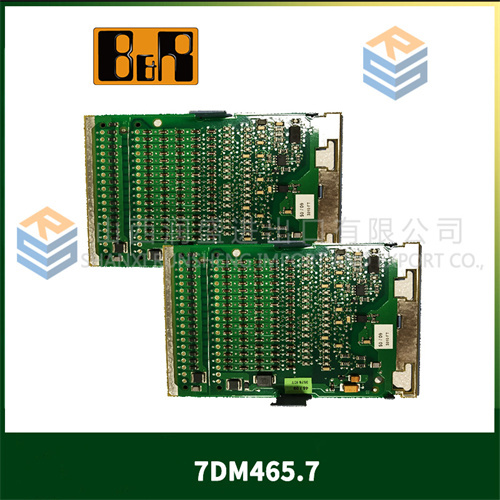
4. Potential Application Areas
- Chemical Industry: If it’s a flow sensor, it could be used to measure the flow of chemicals in pipelines, ensuring accurate dosing and mixing in chemical reactions.
- Water Treatment Plants: To monitor the flow of water, wastewater, or chemicals used in the treatment process.
- Power Generation: For measuring the flow of steam, water, or fuel in power plants, helping to optimize the power generation process.
5. Selection Suggestions
- Function Requirements: Clearly define your specific requirements, such as the type of measurement (if it’s a sensor) or the control functions (if it’s a controller).
- Compatibility: Ensure that the “7DM465.7” is compatible with your existing industrial equipment, including sensors, actuators, and control systems.
- Environment: Consider the installation environment, such as temperature, humidity, and the presence of dust or corrosive substances. Make sure the device can operate reliably in such conditions.
- Budget: Compare the cost of the product with its features and performance to ensure it fits within your budget.
6. Precautions
- Installation: Follow the installation instructions carefully to ensure proper grounding and connection. Incorrect installation can lead to inaccurate measurements or device malfunctions.
- Maintenance: Regularly check the device for any signs of damage or wear. Clean the device if necessary, especially if it’s installed in a dusty environment.
- Software Updates: If the device has software, keep it up – to – date to access the latest features and improvements and to ensure compatibility with other systems.
If you can provide more information about the “7DM465.7”, such as the manufacturer, its application context, or any other relevant details, I can offer a more detailed and accurate analysis.
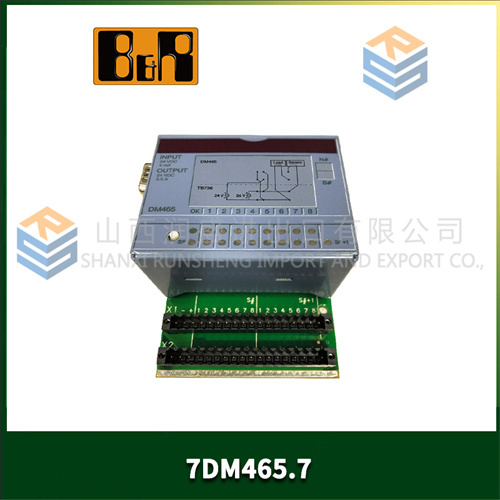


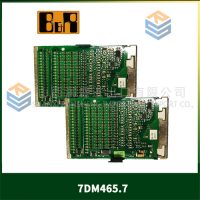
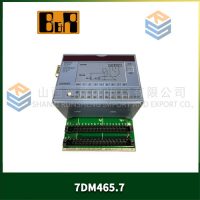
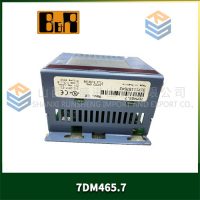
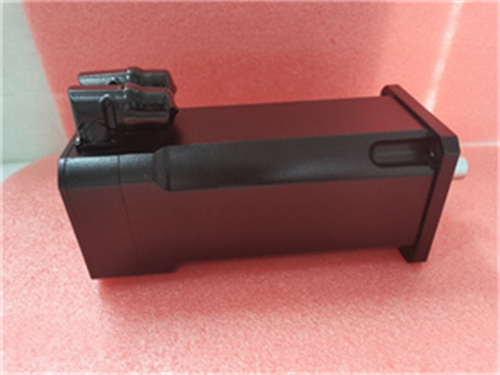
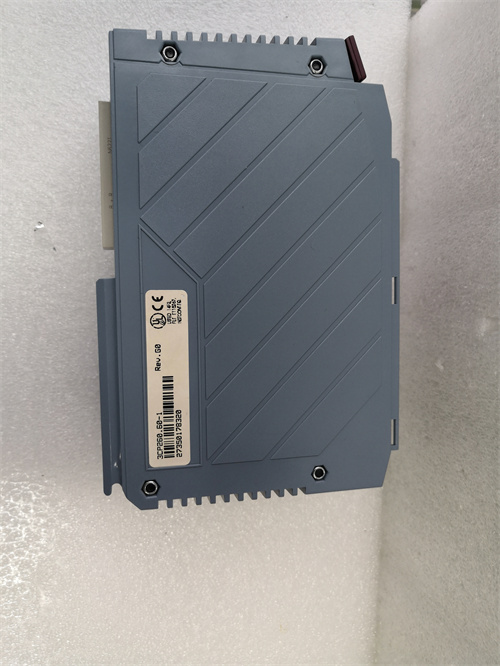



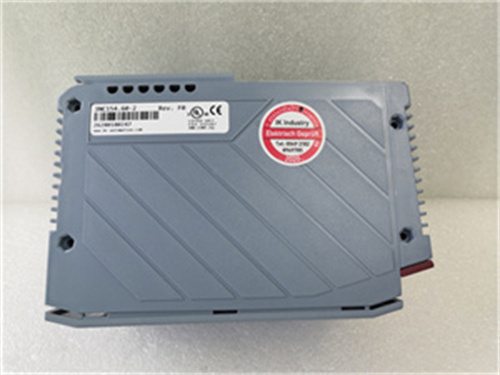
Reviews
There are no reviews yet.